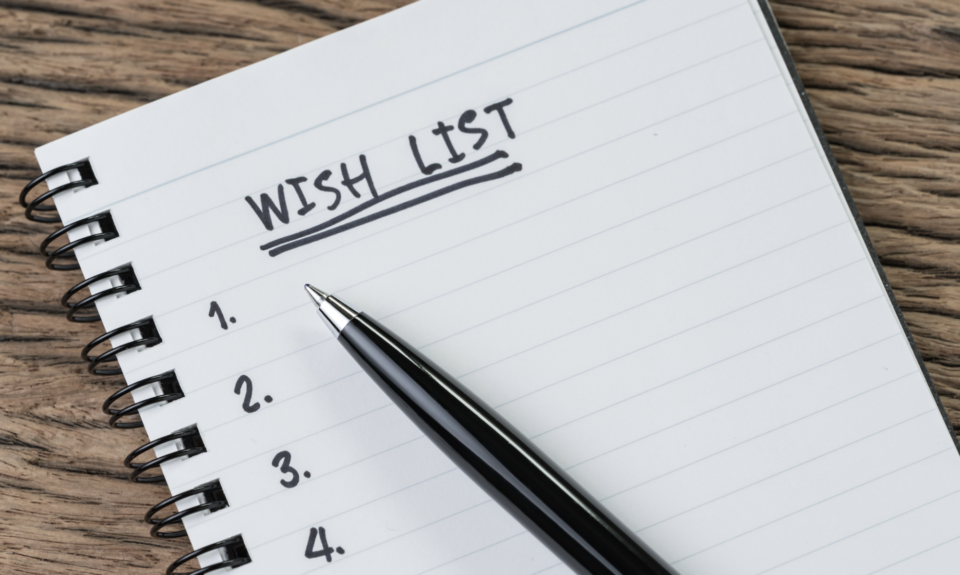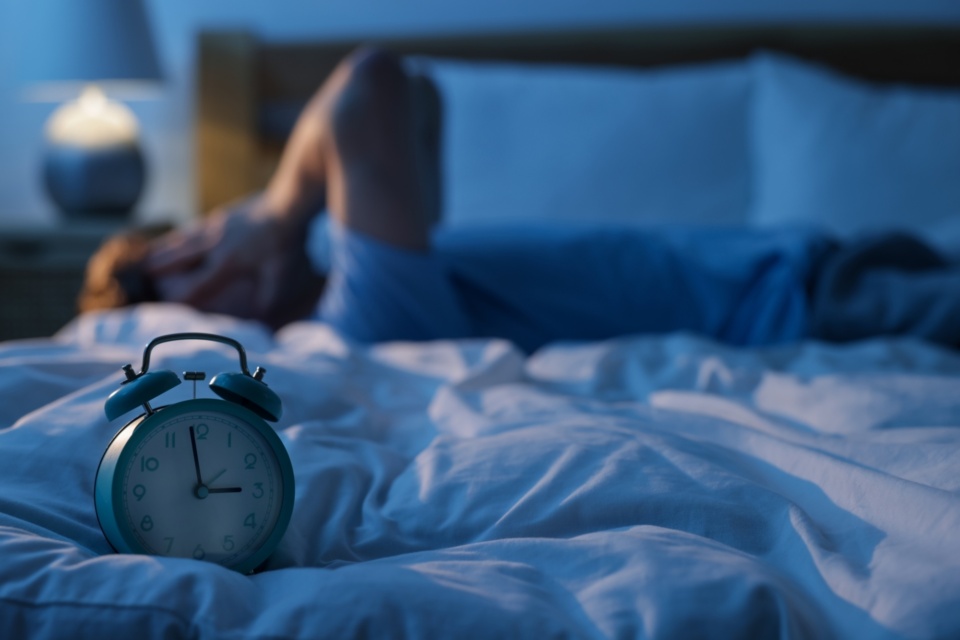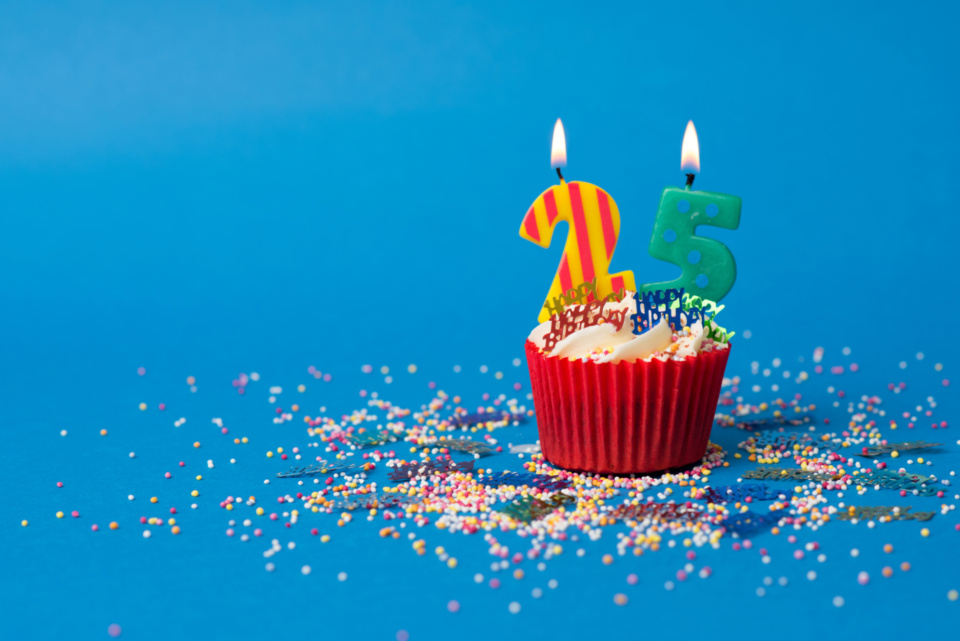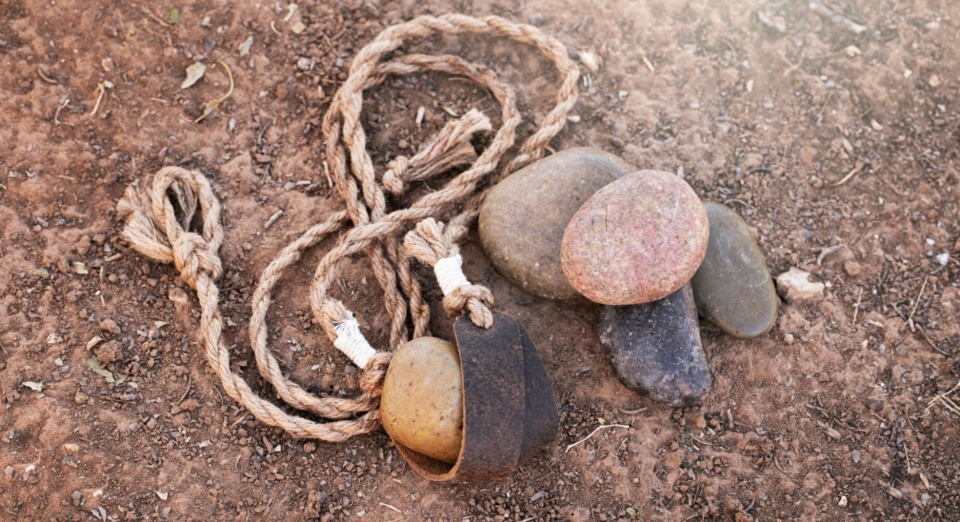
An election surprise, a Press Club debate, and investment inertia: 2025 in review
Posted on 10 Dec 2025
What a year 2025 has been, particularly at a national level where the Parliament and politics as we…
Posted on 03 Jun 2025
By Sarah McKenzie

Gender quotas in the Australian Labor Party have transformed not only the make-up of the party, but that of the entire federal Parliament. With clear evidence that quotas work, is it time to legislate for gender equality in political representation? The acting executive director of Per Capita, Sarah McKenzie, explores the issue.
It matters who sits in the houses of parliament.
Women have changed our parliaments, our politics, and our country. In 2022 the Albanese Government delivered the first majority-women federal government, and with that came a government that has done more for women and girls than any in our nation’s history.
It’s been more than 120 years since white women won the right to vote in federal elections, and more than 60 since Indigenous women were finally granted that right. We vote on the policies that matter to us, but the Liberal Party has clearly missed this memo.
Instead, they spent the past six weeks questioning flexible work arrangements, undermining Welcome to Country ceremonies, and attacking what their now defeated leader called the “woke” agenda in schools and universities.
Now, this decimated party must spend some time looking inwards. Until they confront their own culture, and the actions and inactions that brought them to this point, they won’t recover. If they stay on this path, they have little hope of ever representing an Australian electorate in which half the population has demanded better.
If Labor won this election on policy, which their landslide win suggests they did, then it is because of the voices that were permitted to influence that policy – the women walking the corridors of power. It is simply not believable that progress in women’s health, economic or workplace policy would have improved as it has over the last term without women representatives in our government and parliament pushing it up the agenda.
Under the first term Albanese Government, Australia jumped from 43rd to 26th in the World Economic Forum’s Global Gender Gap Index. The gender pay gap is closing faster than under previous Coalition governments, women in female-dominated, undervalued, and underpaid occupations have secured historic wage rises, and women’s workforce participation has reached record highs.
As the final votes come in from the 2025 federal election, 69 women will be elected to the House of Representatives in the 48th Parliament. Fifty of them will be from the ALP, pushing women’s representation in the lower house from 38 per cent to 46 per cent.
This didn’t happen by accident; it is the result of decades of women in the Labor Party fighting for equal representation and equal influence at every level of the organisation.
"Women hold up half the sky while also fending off abuse, harassment, and violence at far higher rates than men."
Gender parity in the ALP is the product of affirmative action rules, fought for and won by Labor women. Since quotas were first introduced 30 years ago at the 1994 National Conference, until the opening of the 47th Parliament the proportion of women in ALP’s federal parliamentary ranks grew by 37 percentage points, while in the Coalition, that proportion has increased by just nine.
Affirmative action rules haven’t just been a success for gender parity in the Labor Party; they have changed the entire Parliament and paved the way for women from across the political spectrum to run for, and win, federal seats. Our 48th Parliament is now shaping up to be the first with 50 per cent women, the highest in Australian history. No wonder Liberal women are now calling for similar reforms in their own party.

The raw number of women in each federal parliament isn’t enough to guarantee good policy outcomes for women and girls. It takes time for politicians to grow, to learn, and to find their voice. Since the 38th Parliament opened in 1996, the first after affirmative action rules were adopted by the ALP, we’ve seen a stark gender divide in the retention of female members in the House of Representatives.
Women elected to the House of Representatives are more likely than men to serve just one term. Across ten parliaments from the 38th, 21% of women exited parliament after a single term in the lower house, compared to 18% of men. Since the 45th Parliament until today, that figure rises to nearly one in four women, driven almost entirely by high rates of single term attrition among Coalition women. Nearly half of all first-term Coalition women elected since the 45th Parliament have failed to continue on in parliament at the conclusion of their first term.
Nearly half of all first-term Coalition women elected since the 45th Parliament have failed to continue in parliament at the conclusion of their first term.
The reasons appear to be twofold: party policy and culture.
Firstly, the lack of affirmative action rules in the Coalition parties. These clearly make a large difference. The ALP quotas apply not just to candidates overall, but across seat categories – held, winnable and other seats, along with leadership roles within the party itself. It’s not merely chance that Labor women are elected to parliament – it’s by design.
With more women in Parliament and in senior positions calling the shots, the institutional support for women within the party has strengthened. Today, pre-selecting women is no longer just a requirement, its smart politics and its common sense.
Lack of quotas is not the only explanation. Labor women are still more likely to exit the House after a single term compared to their male counterparts and that comes down to culture: the culture of Parliament House and the culture in our country. Women hold up half the sky while also fending off abuse, harassment, and violence at far higher rates than men.
Parliament isn’t like any other workplace. The kind of behaviour on display in each chamber isn’t just tolerated; it’s treated as part of the spectacle. In any other job, shouting over colleagues, hurling insults, or refusing to follow directions wouldn’t get you a warning and a temporary exclusion – it would get you sacked.
In the 47th Parliament, MPs in the House of Representatives were ejected a total of 211 times: 167 times for Coalition members, 43 for Labor, and once for the Greens. An overwhelming 190 of those ejected were men. Now defeated Liberal MP, Michael Sukkar, topped the charts, being kicked out 31 times.
"Women in Parliament have often borne the brunt of its toxic culture, which extends beyond interjections and political posturing and spills out into the public sphere."
This isn’t just about bad behaviour, it points to a culture clearly prevalent in Parliament. Aggression is normalised, repeat offenders face few real consequences, and the system continues to reward those who dominate rather than listen.
Once elected, women face a tougher time in Parliament. They are less likely to be the ones shouting across the chamber, but far more likely to be interrupted, dismissed, or targeted in a workplace that still sees civility as optional and volume as power.
Women in Parliament have often borne the brunt of its toxic culture, which extends beyond interjections and political posturing and spills out into the public sphere.
From slurs like “ditch the witch” and daily misogyny and sexism Australia’s first and only female Prime Minister faced, to David Leyonhjelm sexist and demeaning attacks on Greens Senator Sarah Hanson-Young. From former Liberal Party MP, Nicole Flint, enduring stalking, and insults like “whiny little bitch”, “slut” and “dick-hole” during her 2019 campaign, to the leader of the Nationals, David Littleproud, in this year’s campaign, likening Labor MP Lisa Chesters to a dog. On top of that, the abuse hurled at women politicians on social media is almost too graphic to describe.
Yet it is women in Parliament that are the antidote to this toxic culture.
Ejection data indicates women are not the aggressors in the chamber. Their mere presence, in large numbers, can change parliament’s workplace culture. Labor’s first term is proof that when women make up half of the party, the laws our governments pass address their struggles.
In its first term the Labor government committed to implementing all recommendations of the Respect@Work report. They launched a National Plan to End Violence against Women and Children, invested billions to address gender-based violence, and reformed the industrial relations system to correct historic injustices in women’s pay and treatment in the workplace.
It is women in Parliament who push policies for women up the legislative agenda, and it is gender quotas in parties that gets more women in the decision-making chairs and helps them to stay there when they do.
Is relying on internal party policies enough though? While the Liberal Party may be talking about quotas after its heavy defeat on the 3rd of May, this isn’t the first time Liberal women have called for change inside their own party.
Is it time for legislated gender quotas in Australia?
We are on track to achieve Australia’s first gender-equal Federal Parliament in 2025, but that progress is still largely driven by the Labor Party, along with the growing number of Independent women in the House of Representatives. If Labor were to suffer a significant loss, as it did in 1996 or 2013, or the so called “Teal independents” lost their formally Coalition held seats to men, the proportion of women in parliament could drop sharply. Progress has been made, but it can be undone if it is not consolidated.
Other jurisdictions have dealt with this by implementing legislated quotas.
Argentina was the first country to legislate gender quotas in 1991, requiring 30 per cent of candidates be women; a quota increased to 50 per cent in 2017. In 2000, France passed a law mandating that political parties nominate an equal number of male and female candidates, with financial penalties, such as withdrawal of public funding as consequences for non-compliance. In 2007, Spain passed a law requiring parties to nominate at least 40 per cent women on electoral lists.
The idea is not foreign to Australia either, the Australian Human Rights Commission’s Gender Equality Blueprint recommended in 2010, concrete measures such as setting of targets to increase the number of women running for election and entering Federal Parliament.
While these laws do not directly address the imbalance between safe and marginal seats, as is dealt with by the Labor party’s more detailed category-based affirmative action rules, requiring gender parity among each party’s candidates would make a meaningful difference in Australia.
The number of women nominating for federal elections has been rising, resulting in more women winning seats in federal parliaments, but men still dominate the candidate pool. The share of people who do not identify as male running in a federal election reached a high of just 40.5 per cent in 2022, before dropping two percentage points in 2025 (38.3 per cent).
When more women run, more women are elected, and women’s issues are given greater priority in policy reform. Party policies can address the nuances of preselecting women in both held and winnable seats, and these measures still have their place.
However, legislated quotas offer a straightforward and reliable way to consolidate the gains of the past thirty years and ensure that future governments of any persuasion continue to deliver for women. They should be seriously considered by Australia’s first gender-equal Federal Parliament.
This story was first published by Per Capita.

Posted on 10 Dec 2025
What a year 2025 has been, particularly at a national level where the Parliament and politics as we…

Posted on 26 Nov 2025
Charities and not-for-profits can be outstanding advocates for their cause, their community, their…

Posted on 12 Nov 2025
Managing a charity or not-for-profit in Australia is often more complex than it may appear. On any…

Posted on 29 Oct 2025
One of the most contentious debates across many areas of human services is the for-profit versus…

Posted on 28 Oct 2025
Workers in the not-for-profit sector lift up communities, care for those in crisis and do work that…

Posted on 08 Oct 2025
The cost of climate change's impact on Australian life is increasingly well documented. The…

Posted on 08 Oct 2025
The Wurundjeri Indigenous people who live in and around Melbourne understand their environment as…

Posted on 30 Sep 2025
I am proud of what Our Community, and its exceptional team, have achieved in the past 25 years. As…

Posted on 24 Sep 2025
If a business ran the government, a corporatocracy would likely emerge, prioritising profit over…

Posted on 09 Sep 2025
This has been another big week in the evolving story of tech oligarchs versus Australia, profit…

Posted on 03 Sep 2025
The problem with the NDIS is not autistic families or children, says Annabel Rattigan, a leadership…

Posted on 27 Aug 2025
It used to be that businesses could concentrate on profits, profits and profits, only playing in…